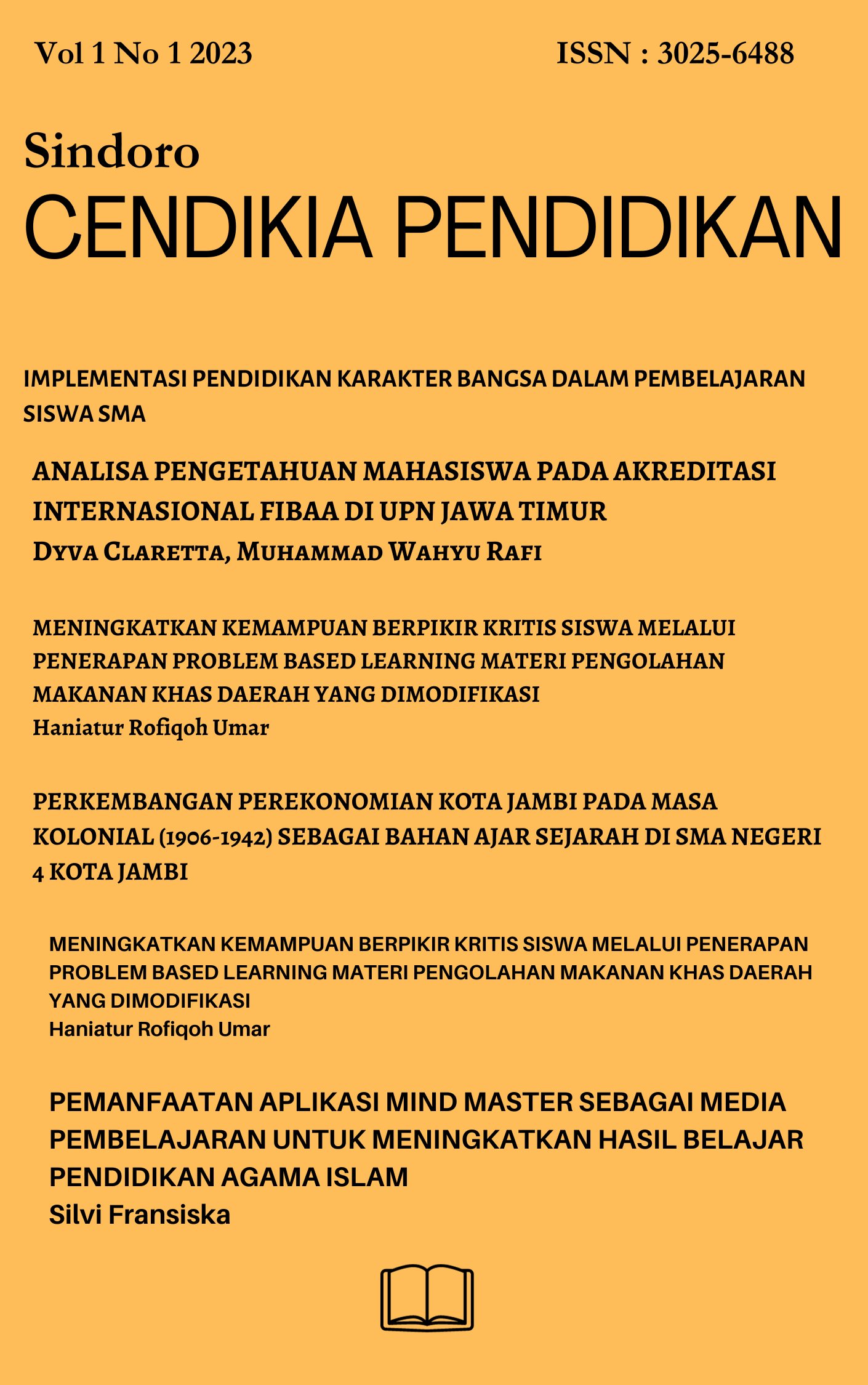SEMANTICS AMBIGUITY AND ITS IMPACT ON LANGUAGE COMPREHENSION
Main Article Content
Abstract
Semantic ambiguity is a linguistic phenomenon that arises when a word, phrase, or sentence has more than one possible interpretation. This type of ambiguity often creates barriers in the process of language comprehension, both in spoken and written communication. This article aims to identify the types of semantic ambiguity, analyze their impact on language understanding, and evaluate strategies to resolve ambiguity, particularly in the contexts of education, law, and cross-cultural communication. Using a qualitative and theoretical approach, the study concludes that semantic ambiguity can slow down information processing, increase the risk of misinterpretation, and lead to significant pragmatic implications in everyday communication. Therefore, awareness of potential ambiguity and the ability to interpret meaning based on context are essential skills in language learning and effective communication. This understanding is also crucial for developing critical thinking and sensitivity to meaning nuances in both intercultural and professional interactions.
Article Details
Section
This work is licensed under a Creative Commons Attribution-ShareAlike 4.0 International License.
How to Cite
References
Cruse, D. A. (2000). Meaning in Language: An Introduction to Semantics and Pragmatics (1st ed.). Oxford University Press.
Kroeger, P. R. (2022). Analyzing Meaning: An Introduction to Semantics and Pragmatics (2nd ed.). Language Science Press.
Lyons, J. (1977). Semantics (Vol. 1 & 2). Cambridge University Press.
Palmer, F. R. (1981). Semantics (2nd ed.). Cambridge University Press.
Rayner, K., Frisson, S., Clifton Jr., C., & Ashby, J. (2004). Eye movements and discourse processing. In M. Carreiras & C. Clifton Jr. (Eds.), The On-line Study of Sentence Comprehension (pp. 13–44). Psychology Press.
Thomas, J. (1983). Cross-cultural pragmatic failure. Applied Linguistics, 4(2), 91–112.
Yule, G. (1996). Pragmatics. Oxford University Press.
Andini, R., Pratiwi, N. D., & Wulandari, R. (2023). Semantic ambiguity in daily speech acts: A pragmatic analysis. Journal of Language and Discourse, 7(1), 55–63.
Krismanti, A. (2016). Structural ambiguity in spontaneous Indonesian conversation. Indonesian Journal of Applied Linguistics, 5(2), 89–98.

